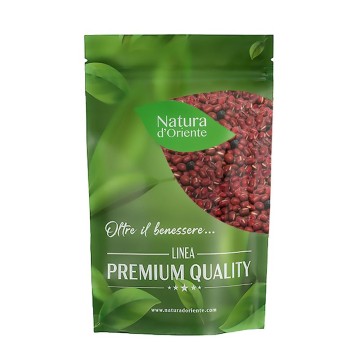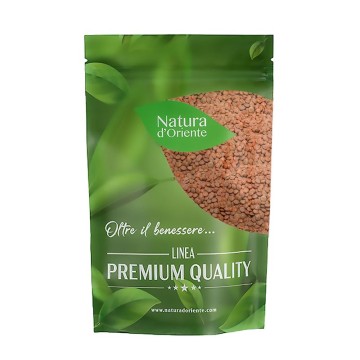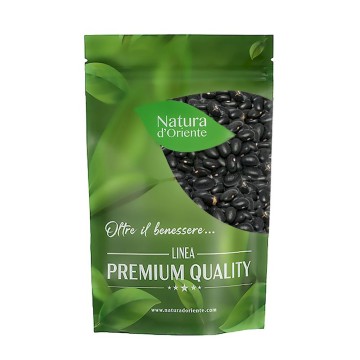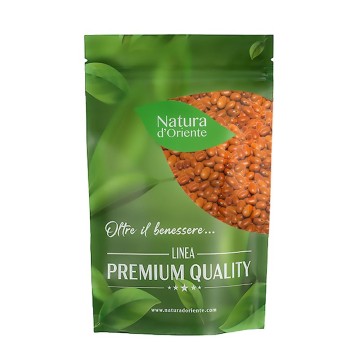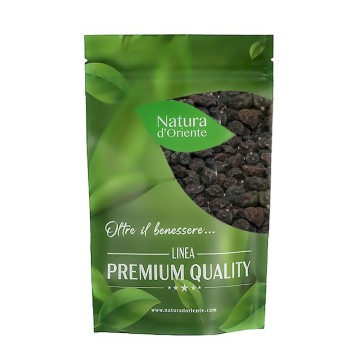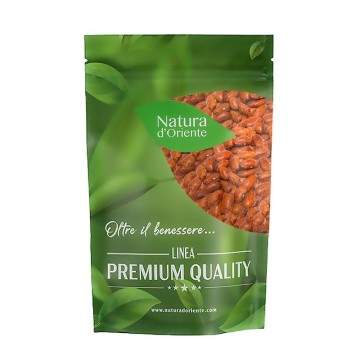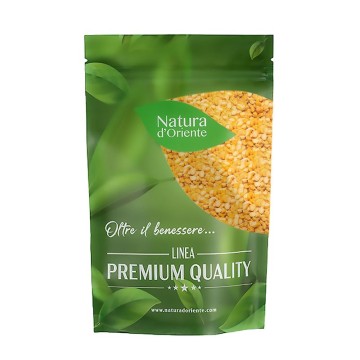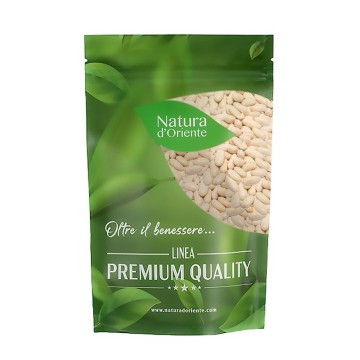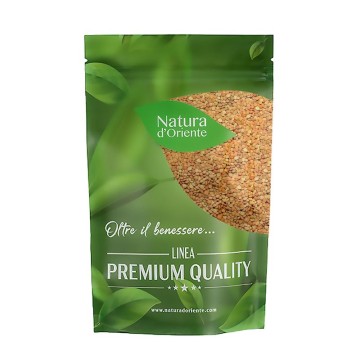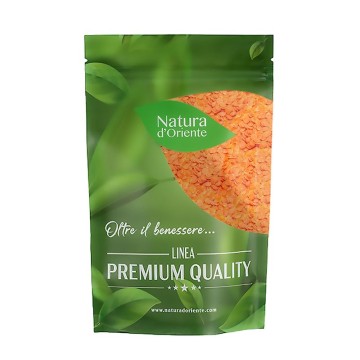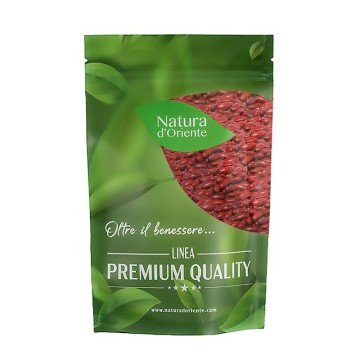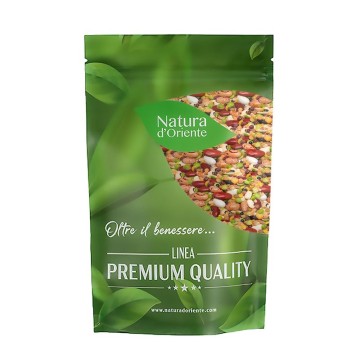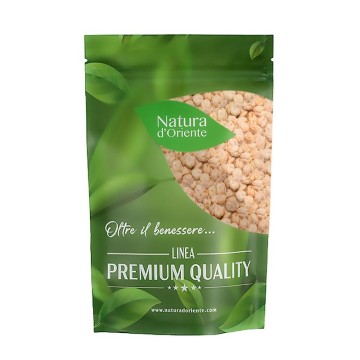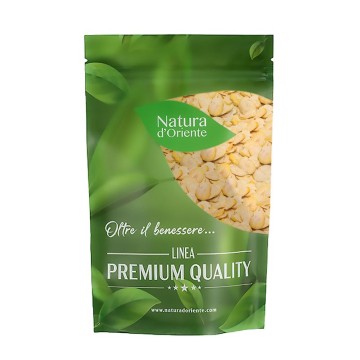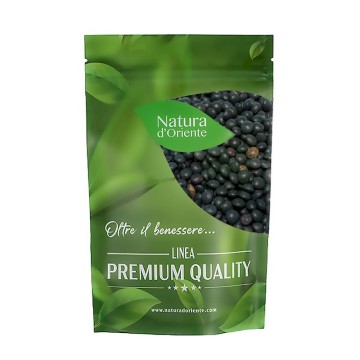From the Pisum sativum plant, come green peas, fleshy seeds that have brought many benefits to our diet for centuries.
The health benefits of green peas are many, and depend on the nutritional principles they contain. Let's see why to consume peas on the table, especially in the hulled version.
Peas: properties and benefits
They are able to be an excellent source of protein, protect proper digestion, support eye, bone and heart health.
They are often considered only legumes rich in starches, while it is good to know that peas are loaded with antioxidant compounds, flavonoids known as catechins, similar to those found in tea green.
This property of theirs creates a beneficial control over the effects of excessive inflammatory processes in the body, especially during digestion. It is important for maintaining general health, as these processes can cause damage to our health.
Peas, like other legumes, are well known for being an excellent source of protein - the macro-nutrients responsible for cell growth and repair.
Often for those who want to follow a vegetarian or vegan diet, it is easy to find adequate sources of protein from legumes.
Green peas are protein-rich foods for such a diet, although they lack essential amino acids, making it necessary to include other proteins to complement them - famously accompanied with cereals.
The positive effect of peas on digestion is well known, as is in particular for peeled peas - which are even more digestible. These legumes contain both soluble and insoluble fiber, which play important but different roles in the digestive process.
Soluble fiber, for example, helps nourish the pro-biotic bacteria that live in the gut, so food absorption is always simplified.
The insoluble fiber, on the other hand, makes the stool softer and ensures rapid intestinal transit.
It lends itself to promoting regularity, decreasing the likelihood of constipation.
For those who want to create a balanced diet, especially not to lose weight, green peas are an excellent source of satiating dietary fiber. This fiber promotes the decrease of hunger between meals, with an effective action due to the effect of the fiber on the control of blood glucose levels.
The rapid rises (glycemic peak) and subsequent falls in blood glucose levels represent a process that triggers hunger. Therefore, anything that helps stabilize blood glucose, in this case fiber, will help improve satiety.
Soluble fiber also acts as a sort of "sponge" for cholesterol. Fiber binds with bile acids and helps remove them from circulation; thus more cholesterol is required to replace the removed enzyme in the body, which is taken up from the blood levels. Removing the bile from the circulation therefore contributes to the use of cholesterol and its reduction.
Finally, peas contain many minerals that benefit the cardiovascular system such as potassium, calcium and magnesium.
In terms of vitamins, the group of carotenoid vitamins contained in peas is very important for its antioxidant properties, and especially for eye health. Peas are a great source of vitamin A-like carotenoids, which help preserve eye functions and avoid oxidative damage to the sensitive structures within them.
As we age, in fact, natural processes such as macular degeneration are possible, causing a decrease in vision.
Many vitamins and minerals combine in peas to positively affect bone health; these legumes contain generous amounts of vitamin K .
Often this vitamin is known for its effects on blood clotting, but it also helps to ensure adequate mineralization of the bones (ie the deposition of minerals in the bone structure). A process that can help reduce the risk of brittle bones and osteoporosis - spe
frequent in menopause.
Origins and History of cultivation
We have historical evidence that green peas were already consumed centuries ago, having been included in European cuisine for millennia.
It seems that the first human consumption of wild peas dates back to at least 23,000 years ago, and possibly by Neanderthals as early as 46,000 years ago.
Domesticated about 11,000 years ago, the pea plant represents an important human and animal food crop, present all over the world today.
The cultivation of peas derives from the area favored in the past for the birth of agriculture, the so-called Fertile Crescent.
Archaeological finds of peas date back to the late Neolithic in the areas of Syria, Turkey, Greece, Israel, Iraq and Jordan. They then passed to Egypt, Georgia in the 5th century and over time to Afghanistan and India (around 2000 BC).
Subsequently, peas were grown mainly for their dry seeds in the Mediterranean basin, and are mentioned in the Greek and Roman period. In the Middle Ages, they became a staple and useful food against famine. Over time, peas began to be eaten fresh and immature, and a distinction began to be made between garden peas and field peas.
In France, in the seventeenth century, there were also peas called mange-tout, because pods were also eaten, and over time they became a fashion at the court of the French kings. The modern peeled peas, without the indigestible peels, are a product born at the end of the nineteenth century.
Plant and Fruit
The pea (Pisum sativum L.) is a seasonal legume, belonging to the Leguminosae family (Fabaceae).
The pea is the small spherical seed contained in the pod of the Pisum sativum fruit. Each pod contains several peas, which can be green or yellow.
Botanically, pea pods are fruit, as they contain seeds and develop from the ovary of a (pea) flower. They are on average light (0.1 and 0.36 g), and can be distinguished in immature or ripe peas.
Immature peas are used as a vegetable, fresh, frozen or canned. Varieties of the field pea species are grown to produce dry peas from a mature pod.
If in the Middle Ages they were the basis of pea soups, in Europe, the consumption of fresh green peas was an innovation of modern cuisine.
Generally the plant has a life cycle of one year, it is a fresh season crop, cultivated through a sowing that can take place from winter to early summer, depending on the geographic location.
Seeds can be planted when the soil temperature reaches 10 ° C, and plants grow best in temperatures of 13-18 ° C. They dislike the summer heat of lowland temperate and tropical climates, but grow well in cool, high-altitude tropical areas.
As for height, peas have both low-growing and climbing cultivars.
Today, botanically there are three modern species of peas, genetically very complex, and their precise domestication process has yet to be fully understood. In any case, peas are now appreciated all over the world and can be found in different regions of our planet.
Nutritional values of peas
There are many beneficial nutrients that peas can give to our body. In 100 grams of peas, we find a caloric intake of 314 kcal, nutrients such as fats (1.8%), many proteins (20.6%), few carbohydrates and a fair amount of fiber (about 20%).
Among the minerals present in peas, in 100 grams we find moderate levels of calcium (about 37 mg), iron (about 4.5 mg), potassium (about 800 mg) , phosphorus (about 300 mg) and magnesium (about 40 mg), as well as zinc, copper, selenium and above all manganese in excellent doses (about 1.22 mg).
By consuming peas you can assimilate: Vitamin A (about 150 IU), vitamin C (about 2 mg), Vitamin K (about 14 µg) good doses of B vitamins. in addition, about 270 µg of folic acid (vitamin B9) are present.
How to consume peeled peas in the kitchen
The peeled peas do not require soaking , and give a short cooking time (about 30 minutes). For this reason, they are very popular with those who want to create recipes with digestible legumes - the lack of the peel helps digestion and avoids some side effects of peas such as abdominal bloating, intestinal gas and flatulence.
Among the most common recipes, there are pea soups, velvety or minestrone . Peas are often appreciated as side dishes , but the shelled pea version is best suited for creams, sauces and pea purée.
In addition, sweet cakes have often been created from peas, being sugary legumes. Their flavor is usually sweet and light compared to other legumes, even if the peeled dried peas are similar in taste to chickpeas.
Recipe with shelled peas: English pea soup
Ingredients : 1 meaty ham bone - 250 g of peeled peas - chopped herbs: 2 celery ribs - 1 large carrot - 1 sweet onion - 1 liter of water - 1 bottle of light beer (0.34 liter) - 1 tablespoon of mustard - 1 bunch of fresh parsley - ½ teaspoon of salt - ¼ of a teaspoon of pepper - ¼ of a teaspoon of nutmeg.
Preparation : Put the ham bone in a 4.5 liter slow cooker, adding peas, celery, carrot and onion. Then pour the water and beer over the vegetables, also adding the mustard. Cook over high heat for 5-6 hours, checking when the peas are tender.
Remove the ham bone from the soup. Cool it slightly, remove the fat from the bone and remove the meat from the bone. Discard the fat and bone.
Cut the meat into small pieces and put it back in the slow cooker to mix everything. Mix the remaining ingredients, and at the final stage add some chopped parsley and if you want also pepper and nutmeg.
Peas: side effects and contraindications
Like other legumes, peas are not recommended for those with certain intestinal diseases, as they can cause intestinal bloating, gas, flatulence, and digestive difficulties. These effects are less with the version of peeled peas, without peel and therefore more digestible.
Furthermore, they are a source of purines, therefore not recommended for those suffering from hyperuricemia and gout sufferers.
Another caveat about peas is that they are considered foods that can interfere with the absorption of some nutrients and minerals . The main anti-nutritional substances found in peas are phytic acid (which can interfere with the absorption of iron, calcium, zinc and magnesium), and lectins, which can interfere with the absorption of nutrients during digestion.
To get the most out of green peas, therefore, it is best not to consume food supplements near the meal.

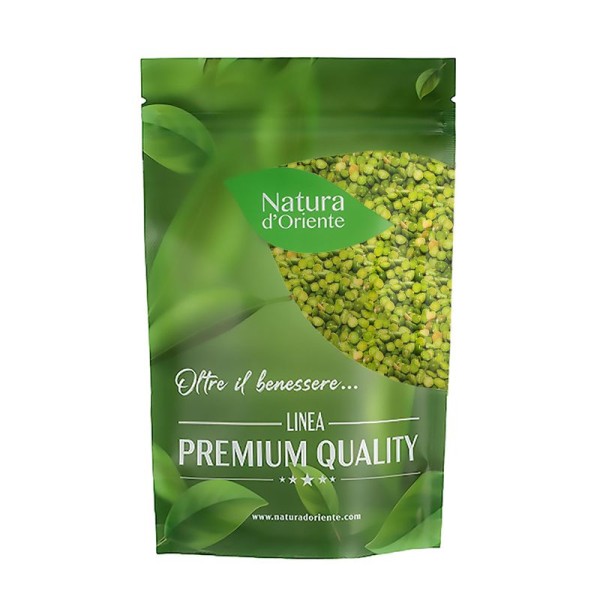







 No reward points for this product.
No reward points for this product.
